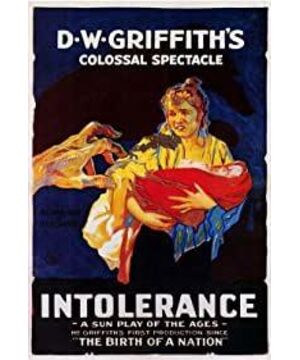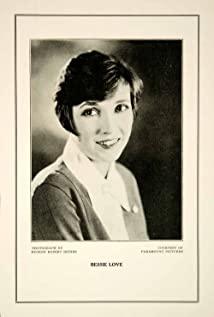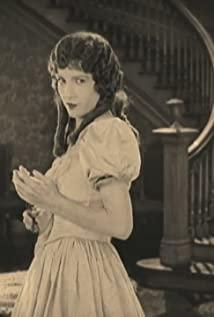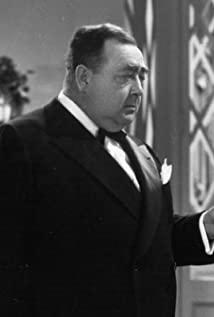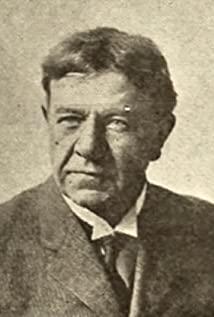Griffith's great work, the whole story uses four stories alternately multi-line narrative, focusing on the dilemma of good and evil under the contradiction between the rich and the poor in contemporary society, and the battle of Babylon turned from victory to defeat, and the other two include the crucifixion of Jesus. and the religious massacre of St. Bartolome are concise and to the point accounts. The director used huge real-life props to restore the Battle of Babylon. The engineering vehicles that rushed into the sky, the thousands of troops, and the luxurious and luxurious palace designs were all shot in a real-life scene without special effects or special effects, which can be described as breathtaking. And the narration of contemporary stories is so delicate and moving, lamenting the director's ability to grasp stories of different natures, and what shows the director's extraordinary ability is the skillful intersection of four story lines. The most distinctive shot is the story of Babylon The village girl gallops on horseback to report the war; in the story of the Holocaust, the male protagonist breaks through many obstacles and rushes to his lover who is in prison; in the contemporary story, the kind-hearted policeman drives the real murderer and the female protagonist to stop the train; in the story of the crucifixion of Jesus, Jesus carries the cross and runs away The four shots of the execution ground are interspersed and intersected at the same time, pushing the film to the apex. Griffith's ambitious narrative reduces these 4 stories to the root of the tragedy caused by the weakness of humanity's partisanship, and the only thing that can be redeemed is love. Griffith used all the cinematic techniques available to make this great epic, and again the great Griffith.
View more about
Intolerance reviews


